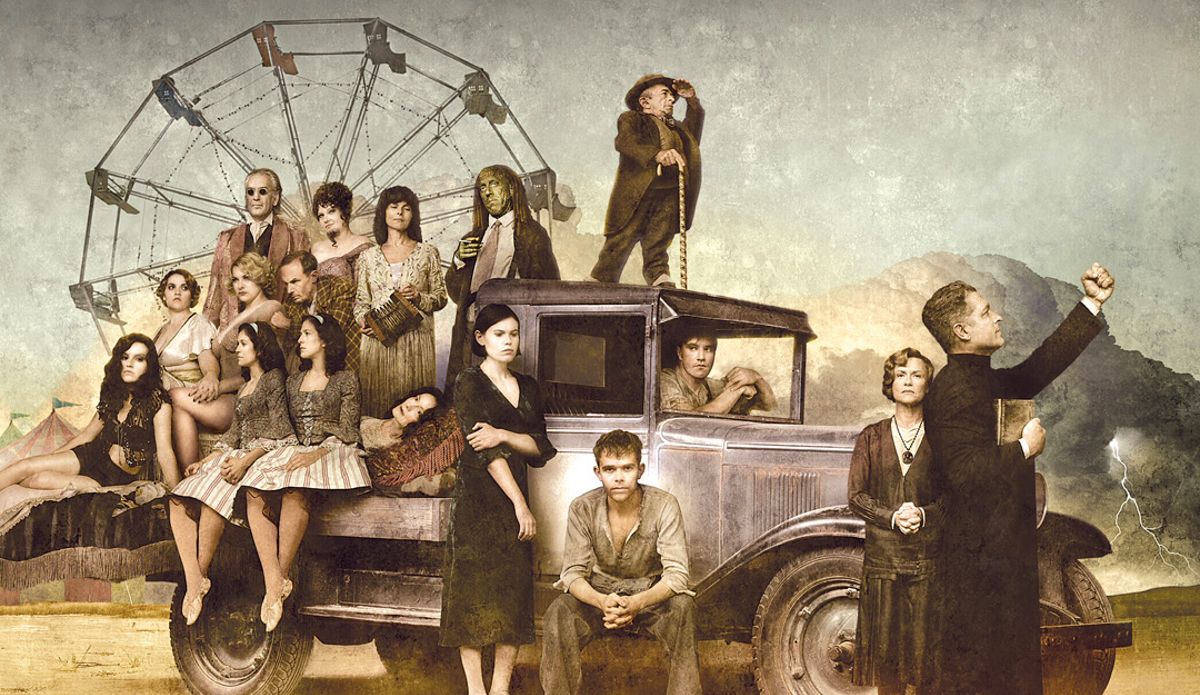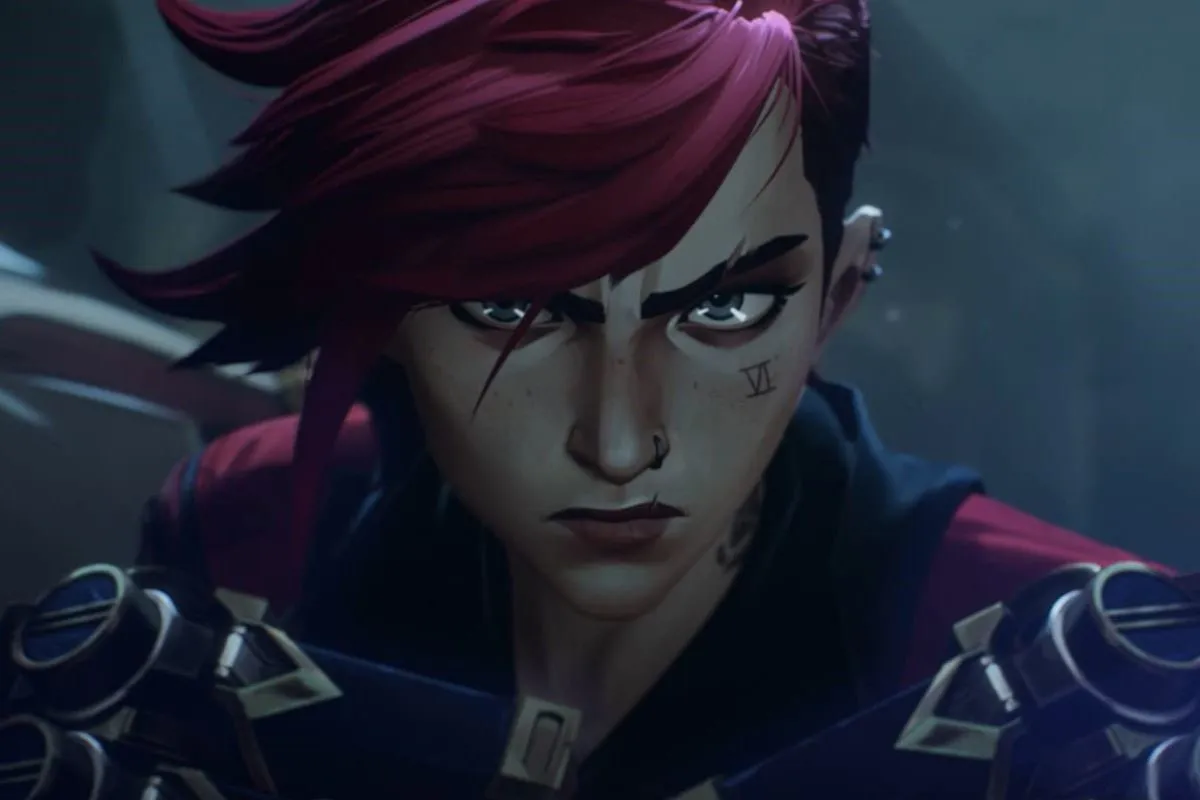HBO has had many cultural hits over the years with its original television series. The Sopranos, Sex in the City, and Game of Thrones—to name a few—were all massive phenomenons. But Carnivàle may be HBO’s most forgotten gem. The series premiered 20 years ago, on September 14, 2003 (I know, 2003 was actually five years ago), and only lasted two seasons. Yet I still think about it on a regular basis. Until I realized how long it’s been since the series ended, I kept hoping HBO would announce another season, or an epilogue movie similar to Deadwood.
Carnivàle may have long since packed up and hit the road, but it’s a show that sticks with you. The series takes place in the 1930s, during the Great Depression. Ben Hawkins (Nick Stahl) joins a traveling carnival of societal outsiders because he has nowhere else to go. He also has a strange power that seems to counteract death. Outside of the carnival folks, there is another storyline centering on Brother Justin Crowe (Clancy Brown) and his sister Iris (Amy Madigan). They try to bring God into the lives of those living in a small southern California town, but Brother Justin has something evil inside of him. The show boils down to a classic good-versus-evil trope, so what makes Carnivàle different?
Carnivàle mythology
For a show that combines imagery from the Great Depression with tarot cards, you know it’s got to have some interesting mythology. Ben and Brother Justin are the latest in a line of avatars fighting the eternal struggle between good and evil. We only see one true battle between these powerful characters; the second season ends without us knowing how the future of this war will unfold. It’s unfortunate that there wasn’t time to explore more about the history of the avatars, or how that history affected everyone else in this version of the world. Or how the Knights Templar play a part in the entire thing.
Beyond the Ben/Brother Justin struggle, there are more supernatural aspects to the show. Many of the carnival people seem to have otherworldly knowledge, including Management and their mentalist, Lodz. Sofie, the carnival’s fortune teller, can only read the cards through the thoughts of her catatonic mother, Apollonia.
Although Carnivàle is a drama, it has strong folk horror vibes. During season 1, the carnival visits a literal ghost town where only one man remains among the living. The rest of the town is populated by the ghosts of angry miners who died when a faulty mine collapsed. When one of their own is murdered, the carnies dispense their own kind of justice. Normally, a general sense of balance is restored or some satisfaction is achieved when a character is avenged. Yet this story arc leaves the characters (and the viewers) feeling more hopeless than ever.
It has a certain familiar feeling
Since Carnivàle came out in the early 2000s and was about times past, I expected the show to feel a little dated upon a rewatch. The cast should have been much more diverse. There is also a scene with some “historically accurate racism” that could have been left out or done differently. What surprised me was the relevant feeling of the version of America that framed the entire story. The carnival travels through the American midwest and southwest, so we see the ramifications of the Dust Bowl. Ben’s family farm is one of many that fell to waste after droughts and topsoil erosion. Once lucrative farms suddenly became wastelands and huge dust storms covered the open plains. Everyone should watch footage from or inspired by this era; I think more people would become very passionate about regenerative farming.
Through Brother Justin’s story, we see the human side of the Dust Bowl tragedy. Displaced families from the midwest flocked to California for jobs on farms. If families even made it as far as California, they found there wasn’t an abundance of jobs and many Californians weren’t welcoming. The slim job market and low pay meant people didn’t have enough money for food or places to live. Brother Justin tries to welcome these people into his flock, only to be told by his congregation that they don’t like the new additions.
Disillusioned by a fire that took the lives of several orphans he helped, Brother Justin travels the migrant encampments looking for a sign from God. It is easy to forget that the Great Depression and Dust Bowl triggered the government to enact social programs to keep citizens housed, fed, and employed. After living through recessions, climate change, and a pandemic, it’s obvious how social programs have created some safety nets for Americans. Even this bygone work of fiction can teach us a few things about our history that we should avoid repeating.
(featured image: HBO)









Published: Sep 14, 2023 03:42 pm